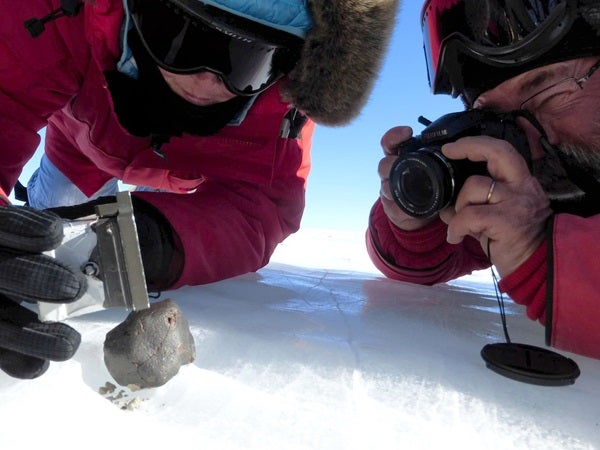Do meteorites emit a high degree of radiation when they fall to Earth? Should precautions be taken when handling them?
On average, around 500 meteorites fall to Earth each year. Any radioactive elements contained in a meteorite are no more significant than in ordinary terrestrial rock. Although meteorites aren’t harmful to humans, we can actually be pretty harmful to them. Our hands are covered in oils and microbes, both of which can contaminate the meteorite and degrade its surface.
Whether you’re actively looking for meteorites or happen upon one, you should handle it with care. You can pick it up with clean gloves, tongs, or even aluminum foil. Once you’ve collected your space rock, keep it in a clean and dry place. A zip-close bag is a perfect way to protect it from humidity.
That said, it can be a bit tricky to know if you’ve actually found a meteorite. You can ask yourself a few simple questions to determine whether you’ve found a meteorite or a meteorwrong:
• Is the specimen black or brown and smooth, with no holes or bubbles on the surface?
• Is the specimen solid and compact?
• Is the specimen heavy compared to “normal” rocks of the same size?
• Is the specimen entirely made of metal, or does it show metallic specks on parts of a broken, cut, or polished surface?
If you’ve answered yes to all of these questions and are interested in learning more about your sample, you should contact your local geological survey office, university geology department, or natural history museum for help identifying your specimen. The Robert A. Pritzker Center at the Field Museum in Chicago also has a meteorite identification outreach program.










